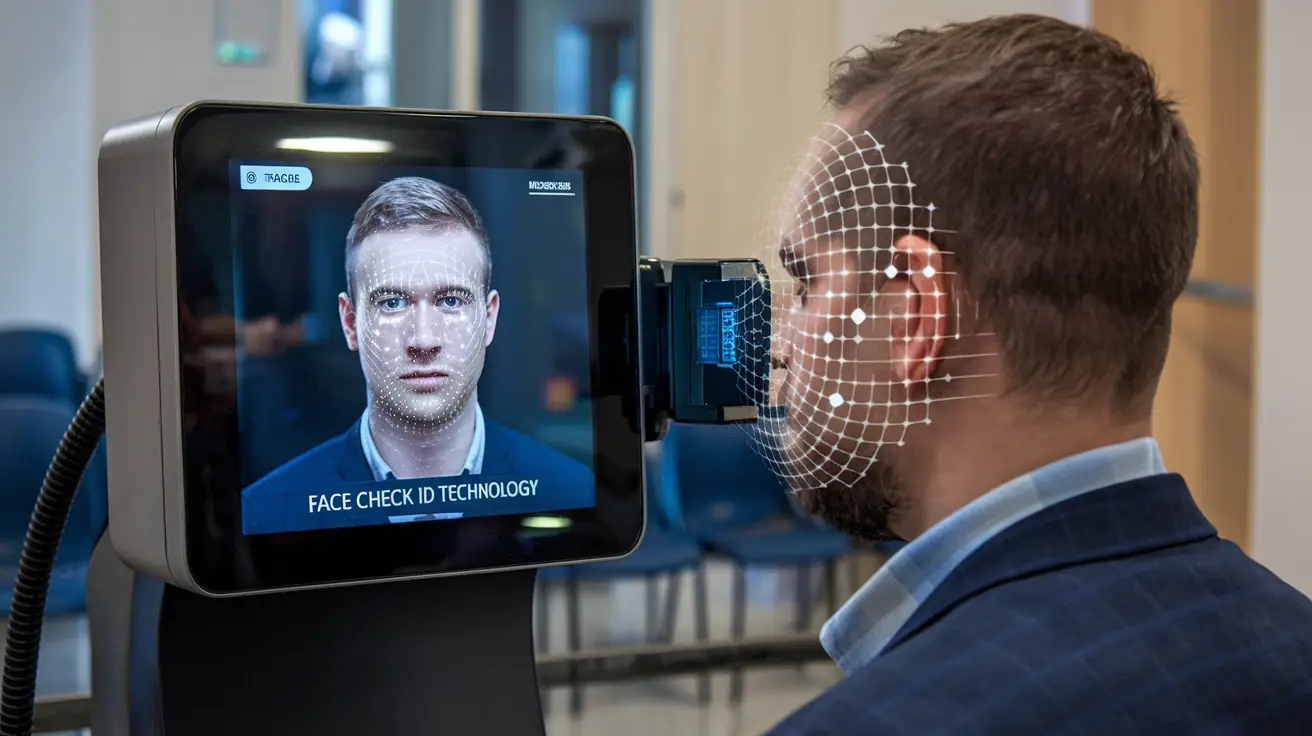Age Verification in 2025: Balancing Privacy, Safety, and Compliance

The online world has been expanding like lightning speed and with it, it has come with both opportunities and challenges. Age verification is one of the most important issues in 2025. With the increased time spent online by children and teens, be it due to education, entertainment, or socializing, there has never been a better need to ensure that the children and teens are not exposed to inappropriate content and unsafe environment. Meanwhile, regulators are compelling businesses to implement more stringent verification procedures so that they can be in line with laws that are based on age. However, these requirements should be well-balanced with a single factor, which is user privacy.
Striking a balance between privacy, safety, and compliance is not an easy thing to accomplish. Enterprises have to deal with complicated legal issues, technological advancements, and customer demands. We shall see how age verification will take new dimensions in 2025 and how businesses are navigating this fine line.
The Importance of Age Verification as Never Before
Age checking is not merely a regulatory tick box, but a vital protection in the current digital economy. The proliferation of online gaming, streaming video and audio services, online commerce, social media, and adult material websites allow the children to easily gain their access to the areas they were never intended to touch. Unverified access does not only endanger the minors with dangerous content but also causes a higher chance of cyberbullying, grooming online, gambling addiction, and financial exploitation.
In the case of businesses, there are also serious consequences associated with the failure to adopt effective age verification systems. These vary in terms of hefty fines and legal action to loss of customer trust and reputation damage. This is evidenced by stricter requirements of protecting minors highlighted by regulators across the globe, such as the Digital Services Act of the EU, or state online safety laws in the U.S. as of 2025. The companies, which do not adhere to these duties, will be left behind.
The Privacy-Safety Conflict
A conflict between user privacy and the online safety is one of the biggest challenges in the process of age verification. Conventional ways of verifying a person would mean that he or she provides personal records of sensitive information, including IDs, passports, or credit card information. Although this is effective to an extent, it has a number of issues:
Risks on data security: Any company with sensitive data becomes a major target by the hackers.
Resistance of users: Lots of users are reluctant to submit personal documents to the site that they do not trust completely.
Regulatory complexity: Firm data protection regulations such as the GDPR and CCPA strongly restrict the activities of personal information collectors of business.
By 2025, the debate has moved to privacy-saving mechanisms that can verify age without any need to gather or store any unnecessary information on the person. The problem is how to develop systems which are both accurate and least invasive.
Age Verification Technical Innovations
Technology has been playing the role of responding to these changing needs. In 2025, there are a number of innovative solutions that assist business to find the proper balance between privacy, security, and compliance:
1. Facial Age Estimation through AI
Artificial intelligence can now be used to determine the age of a user through the analysis of facial features using selfies or live video. This is unlike document checks where storage of biometrical data is not necessarily required. In their place, systems are capable of performing real time age analysis and deleting the data right after, which limits privacy capabilities.
2. Behaviour and Equipment Analysis
New solutions examine the browsing behavior, typing patterns and use of the device to indicate possible underage users. These are not flawless, but they offer an extra level of protection and do not need an explicit user interface.
3. Digital Identity Wallets
Digital wallets are based on the digital identity system of the EU, which enables people to have validated credentials and only provide the minimum information (e.g., evidence of being 18+ years old) without revealing their full identity or date of birth. This minimizes compliance burden as well as privacy issues.
4. Blockchain-Based Credentials
Age verification is also being tested by using blockchain as a decentralized process. Users are able to carry cryptographic evidence of age that can be verified without disclosing personal information by platforms instantly.
These inventions can be seen as an enormous leap in the burdensome ID upload feature of the past, developing systems which are easier, safer, and more privacy conscious.
Compliance Pressures in 2025
The laws of the world are transforming the manner in which businesses about age verification are conducted. A few examples include:
European Union: According to the Digital Services Act, online platforms are to show active efforts to protect minors.
United States: States like Utah, Arkansas, and Louisiana have sponsored bills and laws like COPPA that require a strict age verification of anyone accessing adult contents and some platforms.
United Kingdom: The Online Safety Act has established an international standard on how child protection and digital rights can be balanced.
Asia-Pacific: Nations such as South Korea and Japan have been looking at national databases linked to age verification but privacy advocates are apprehensive.
The point is evident: businesses should implement credible systems in order to stay compliant. Failure to do this may not only lead to punishment but also denial of access to international markets.
Striking the Balance
Technological capability is not the ultimate age verification test in 2025, it is balance. The business has to adopt systems that at the same time:
Secure minors by not allowing them to access harmful or age-restricted zones.
Be considerate of user privacy by reducing data gathering and not being intrusive.
Make sure it complies with the regional and international regulations.
The firms that will emerge as leaders in responsible digital innovation will be those that balance this. They will not only evade punishments but also create greater trust in their clients.
Looking Ahead
Age verification going into 2025 will keep on changing with the technology and regulation. More innovations in zero-knowledge proofs (cryptographic methods that can be verified without being disclosed) and the use of artificial intelligence to enhance real-time accuracy and increased collaboration globally to establish common standards can be anticipated.
In the long term, the solution to age verification in online space is a system that will allow children to be safe, businesses to be compliant, and users to employ their privacy rights in an appropriate manner. There will be no need to decide between privacy and safety, and the solutions of tomorrow will provide both.
Conclusion
In the year 2025, age verification will be at a pivotal point where privacy, safety, and compliance need to co-exist. Older technologies such as ID uploads are being replaced with the more advanced technologies that can offer the smoother, safer and more reliable experience. Companies, which are embracing such progressive strategies, will not just comply with the regulation stipulated but also show a willingness to safeguard their users in a manner that is reasonable.
The task is obvious–but so is the chance. Companies have the ability to contribute to a better and more secure digital ecosystem of the future by investing in balanced and privacy-sensitive solutions.










